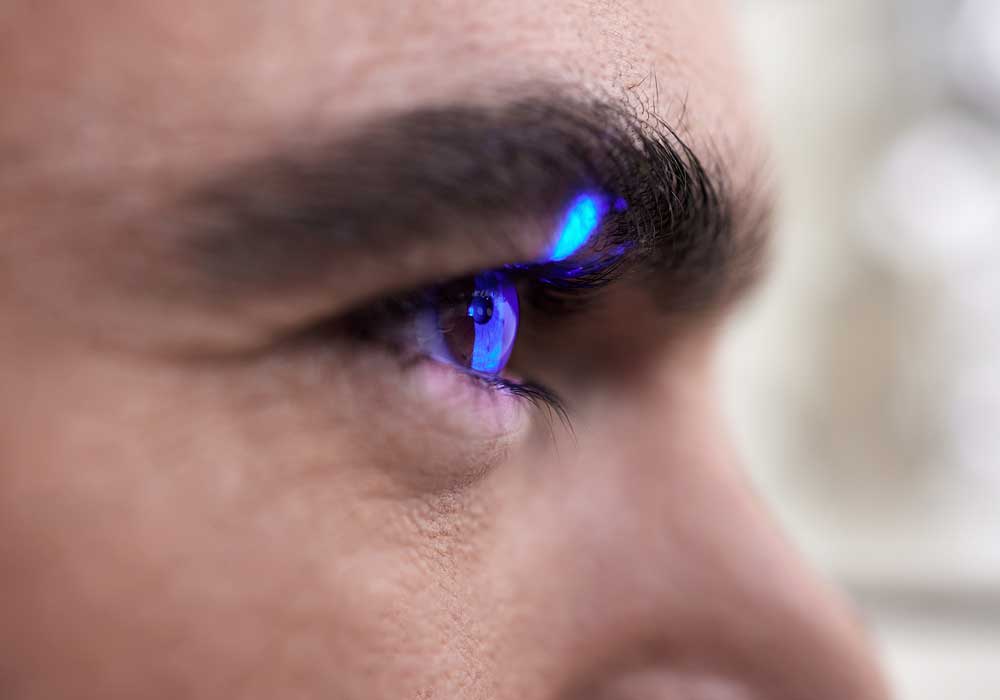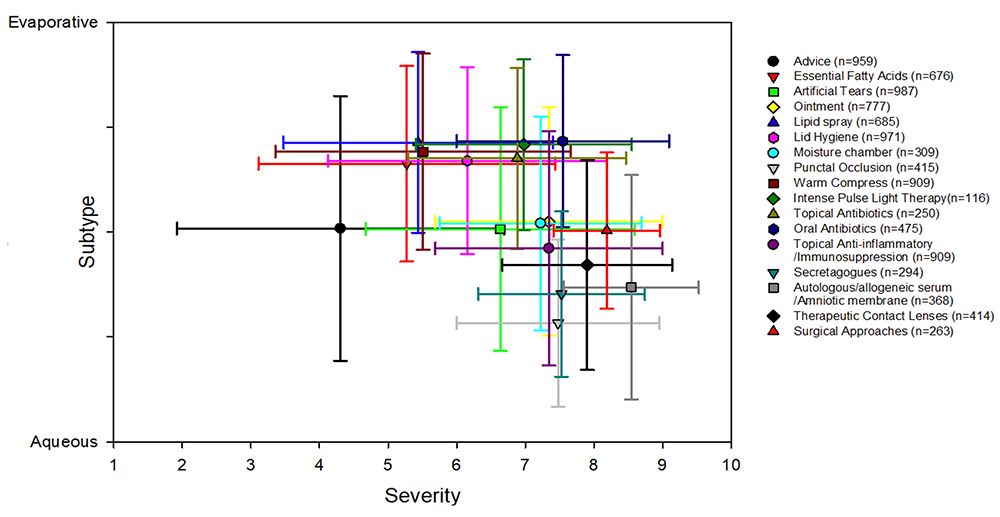
There are two, well established, subtypes of dry eye:
- Aqueous Deficient: a reduced tear volume (principally from the lacrimal gland) assessed from the tear meniscus height (the height of the ‘lake’ of tears along the eyelid margins), Schirmer’s test (a filter paper strip tucked over the eyelid margin for 5 minutes) or phenol red test (a threat tucked over the eyelid margin for 15s).
- Evaporative: less stable tear film due to an abnormal oily later (principally from blockage or damage to the meibomian glands and expressed meibum), eyelid damage and disrupted blinking (rate or completeness).
They can both occur in an individual at the same time. A survey (Wolffsohn et al, 2021) identified the management approaches clinicians currently take based on the severity of dry eye and its subtype, although this does vary depending on the clinician and where they are located in the world.
References
Wolffsohn JS, Travé Huarte S, Jones L, Craig JP, Wang MTM; TFOS ambassadors. Clinical practice patterns in the management of dry eye disease: A TFOS international survey. Ocul Surf. 2021 Jul;21:78-86.



